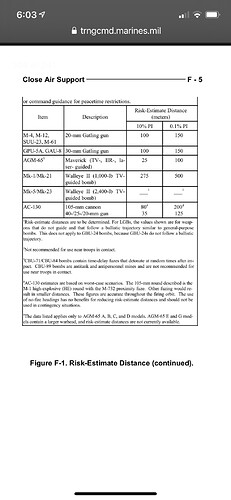As mentioned in the Spring 2021 thread - @Franze has worked out an inital test of this somewhat bold new mission idea that takes a new direction in design far into the procedural area of flight simulation and makes the consideration and understanding of some real-world air power tactics & strategy both interesting and essential. This is still an early idea so we may make a lot of changes still to refine the concept, but the early tests have been pretty good!
Original reference here for a concept overview:
So without further delay - screenshots are in order!
@Franze flies at roughly 40,000ft as the sunlight begins to wash over the horizon. Mission Start time is 4:30AM leaving about two and a half hours of darkness. Moonlight fades away as dawn draws closers. Instrument flying and sensors are key at mission start.
.
.
.
Cockpit view from the F-14.
.
.
.
External view before initial sunrise.
.
.
.
The OpFor is pretty lightly armed, with vintage equipment - although harder to find. There is no F10 indications when you are flying. F10 is Map Only. CAS aircraft such an A-10C and AV-8B have waypoints near front area objectives - they don’t have too much searching to do. The jets however, are in for a trip. This mission may also randomly feature a Panzer of the Lake!
.
.
.
The opposition air power is few and far between, but should not be discounted.
.
.
.
Learning the navigation systems of the aircraft can be a huge benefit. Here I taught myself to add a second waypoint sequence to my Hornet, creating a box on the HSI/SA with a series of waypoints that enclose the kill-box area, keeping me in the right area and making searching without visual reference easier.
.
.
.
Another seemingly boring cockpit capture with a lot of information present:
Right DDI: TGP view of a discovered target in the Kill-Box region.
Left DDI: SA Page view showing the Kill-Box waypoint sequence, my A/A waypoint “bullseye” #7, and the location of @Franze in an A-10CII after I passed him target coordinates. SA let me verify he was on-course. He would work over the target after I dropped the two GBU-12 I carried. Three drop tanks was needed for this as I didn’t make a tanker stop.
MPCD: HSI Markpoint Data, allowing me to see MGRS Grid coordinates for the target. MGRS is much quicker to pass across the radio. Typically you only need to send the rightmost two letters and ten digits - 12 characters, or 15 for the full string. Long/Lat Decimal format would be 16 characters and Long/Lat Min/Sec/Decimal is 18. This doesn’t include calling directions for lat/long and elevations (all modes).
Let me know what you think - I’ll add some of the briefing information and overview when I am back at my home PC.
















